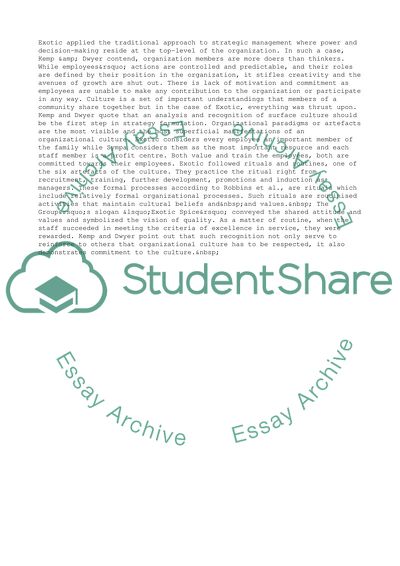Cite this document
(An Examination of Organisational Culture - the Regent Hotel Article, n.d.)
An Examination of Organisational Culture - the Regent Hotel Article. Retrieved from https://studentshare.org/business/1705334-indian-hotels
An Examination of Organisational Culture - the Regent Hotel Article. Retrieved from https://studentshare.org/business/1705334-indian-hotels
(An Examination of Organisational Culture - the Regent Hotel Article)
An Examination of Organisational Culture - the Regent Hotel Article. https://studentshare.org/business/1705334-indian-hotels.
An Examination of Organisational Culture - the Regent Hotel Article. https://studentshare.org/business/1705334-indian-hotels.
“An Examination of Organisational Culture - the Regent Hotel Article”, n.d. https://studentshare.org/business/1705334-indian-hotels.


